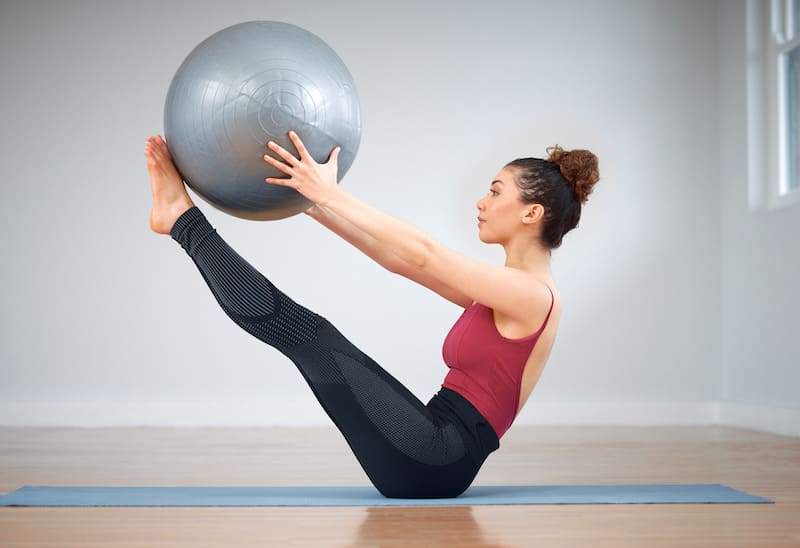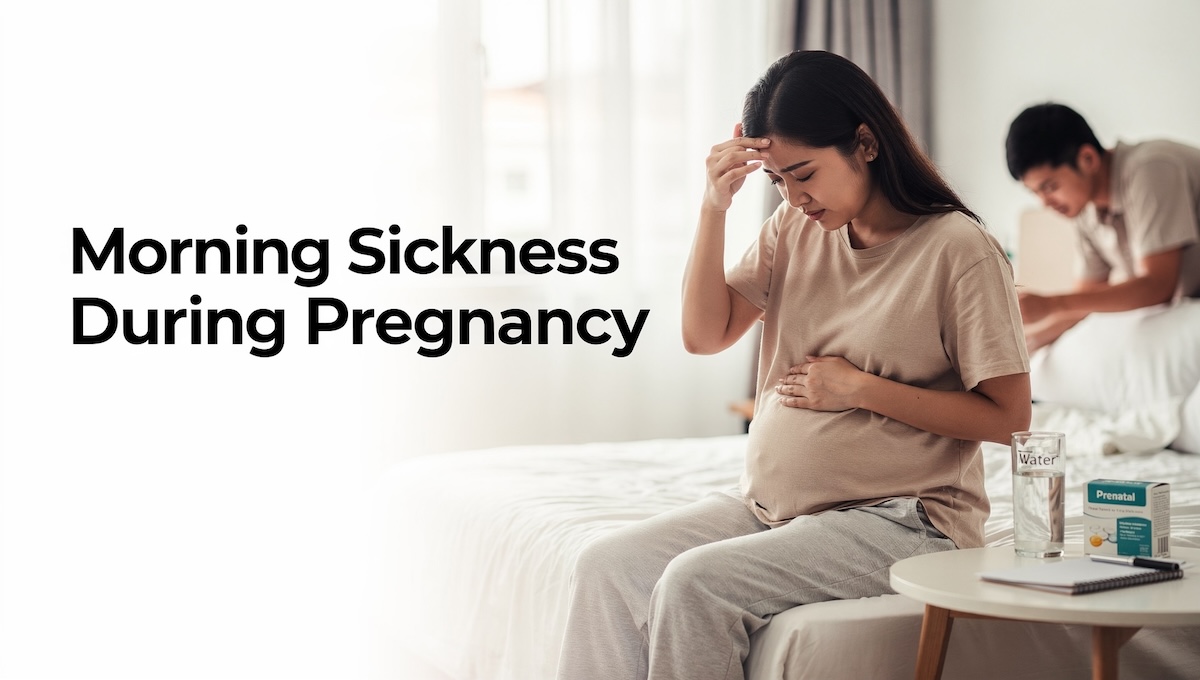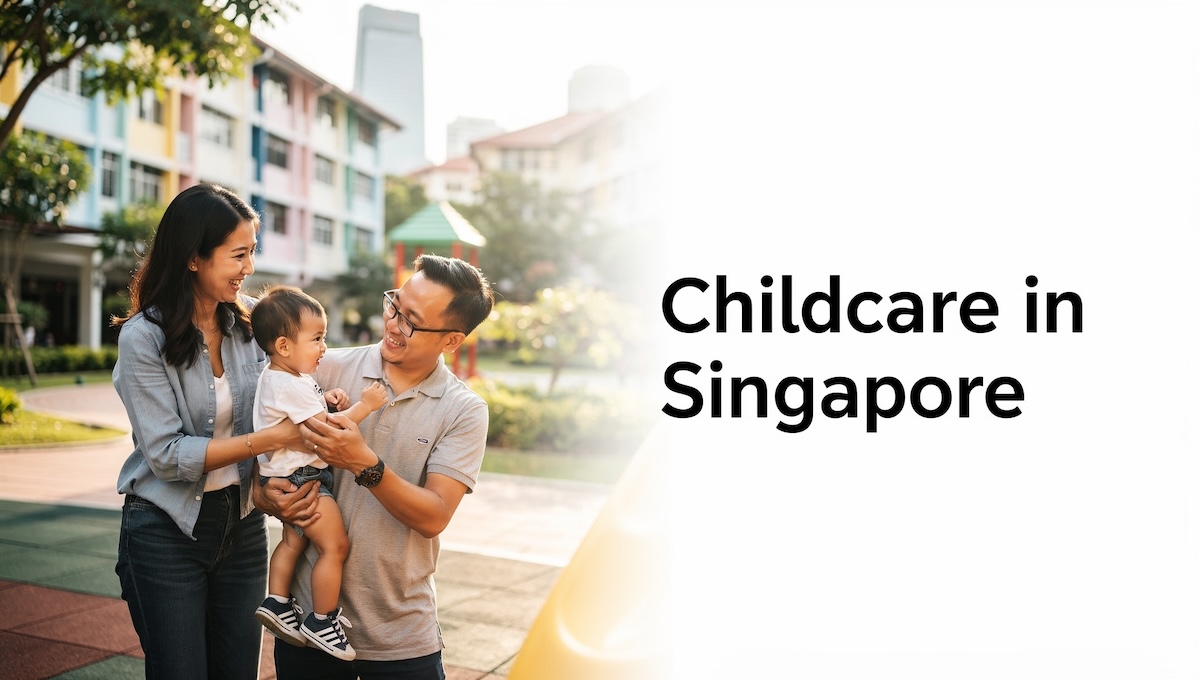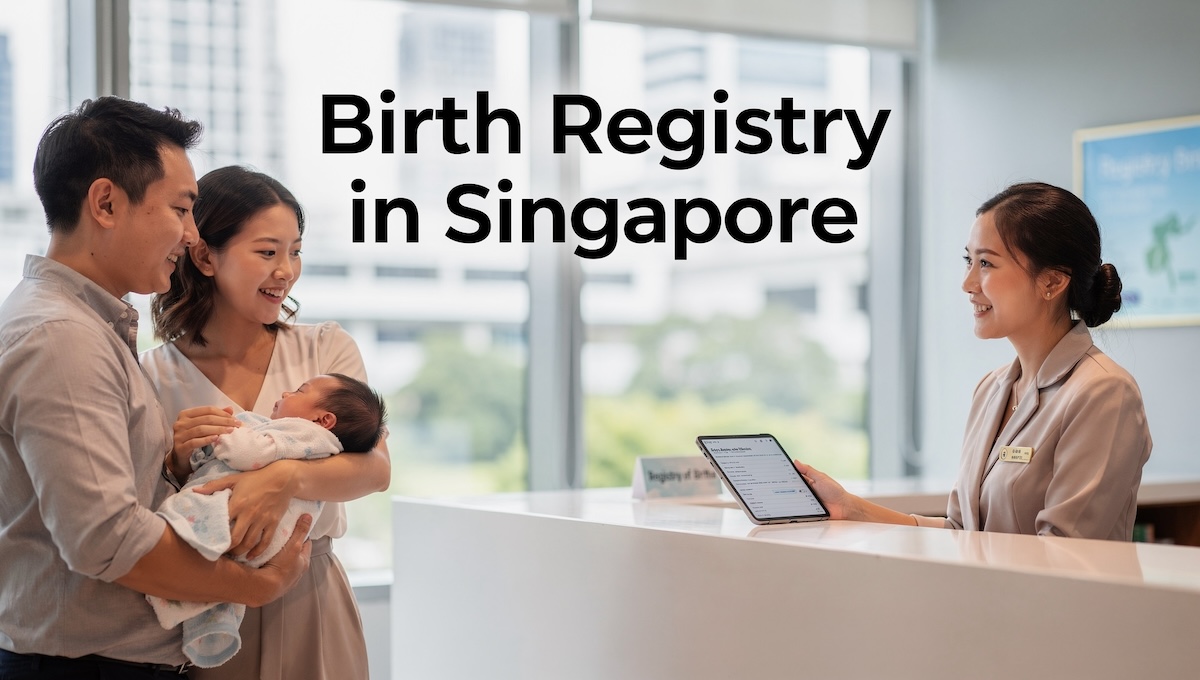Congratulations, new mom! Welcoming a new life into the world is an incredible experience, but it can also take a toll on your body. So if you’re looking for a safe and effective way to rebuild your strength and tone your body after childbirth, postnatal Pilates could be just what you need.
In this article, we’ll explore the many benefits of postnatal Pilates, from improving core strength to reducing stress and improving overall well-being. We’ll also provide some helpful tips and exercises to get you started on your postnatal Pilates journey.
So if you’re ready to feel strong, confident, and energised as a new mom, read on!
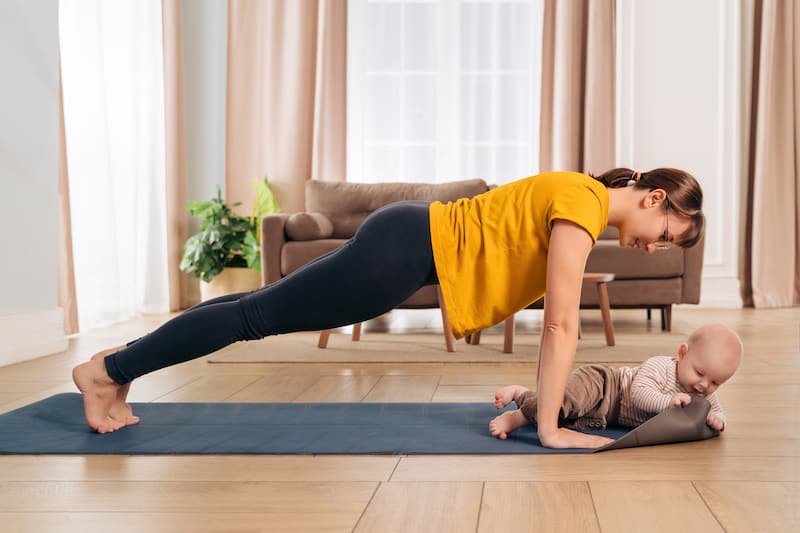
What is Pilates?
Pilates is a physical fitness system developed in the early 20th century by Joseph Pilates. The system consists of exercises designed to improve flexibility, strength, and posture and promote mental and physical well-being. Pilates is sometimes an excellent way to overcome postpartum depression and other mood disorders.
Pilates exercises are typically performed on a mat or with specialised equipment, such as a reformer, which uses springs and pulleys to provide resistance. The activities are low-impact and emphasise proper breathing and alignment.
The Pilates system focuses on concentration, control, centring, flow, precision, and breathing principles. These principles help individuals develop a strong, stable core and improve their physical and mental health.
Pilates offers people of all ages and fitness levels a form of physical activity to promote recovery and rehabilitation. It is especially beneficial for individuals recovering from injuries or surgeries. Athletes also commonly use it to improve their performance and prevent injuries.
What is Postnatal Pilates?
Postnatal Pilates is a type of Pilates exercise specifically designed for women who have recently given birth. It focuses on helping women regain their strength, flexibility, and stability after pregnancy and childbirth.
Postnatal Pilates exercises are typically low-impact and target the muscles most affected by pregnancy and childbirth, such as the abdominal, pelvic floor, and back muscles. These exercises can help women restore their core strength and improve their posture, reducing the risk of back pain and other postpartum complications.
In addition to physical benefits, Postnatal Pilates can provide mental and emotional benefits for new mothers. The focus on breathing and mindfulness can help reduce stress and anxiety. At the same time, the social aspect of group classes can provide a supportive community for new mothers.
Women must obtain clearance from their healthcare provider before starting any postnatal exercise program, including Postnatal Pilates. Additionally, working with a qualified Pilates instructor experienced in guiding postpartum women makes it easier to tailor exercises based on individual needs and abilities.
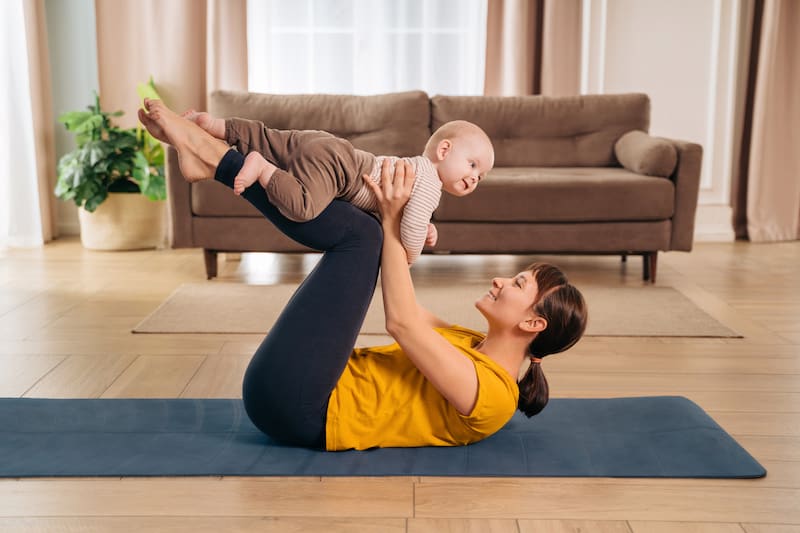
Benefits of Post Natal Pilates
Postnatal Pilates can offer various benefits for new mothers who have recently given birth. Here are some of the potential benefits:
- Restores core strength: Pregnancy and childbirth can weaken the abdominal muscles and pelvic floor. Postnatal Pilates exercises can help strengthen these muscles and restore core strength.
- Improves posture: Postnatal Pilates can help improve posture by strengthening the muscles that support the spine and improving alignment.
- Increases flexibility and range of motion: Pilates exercises can help increase flexibility and range of motion, which can be beneficial after pregnancy and childbirth.
- Reduces back pain: Postnatal Pilates can help reduce back pain by strengthening the muscles that support the spine and improving posture.
- Promotes relaxation and stress reduction: The focus on breathing and mindfulness in Pilates can help promote relaxation and reduce stress, which can benefit new mothers.
- Provides social support: Group Pilates classes can provide a support group community for new mothers, which can benefit mental health and well-being.
- Can be adapted to individual needs: Postnatal Pilates exercises can be adapted to individual needs and abilities, making it a safe and effective form of exercise for most new mothers.
Working with a qualified Pilates instructor with experience working with postpartum women can also help ensure a safe and effective workout.
How soon can you begin Pilates after giving birth?
The timing for starting Pilates after giving birth can vary depending on individual circumstances and should be discussed with a healthcare provider. Generally, it’s best to wait until the postpartum checkup (usually around six weeks after delivery) before starting any exercise program.
After obtaining clearance from a healthcare provider, women can start with gentle postpartum exercises and gradually progress to more intense Pilates workouts. Again, listening to the body and not pushing too hard is essential, especially in the early weeks after delivery.
Overall, prioritising postpartum recovery and gradually easing back into exercise, including Pilates, is important.
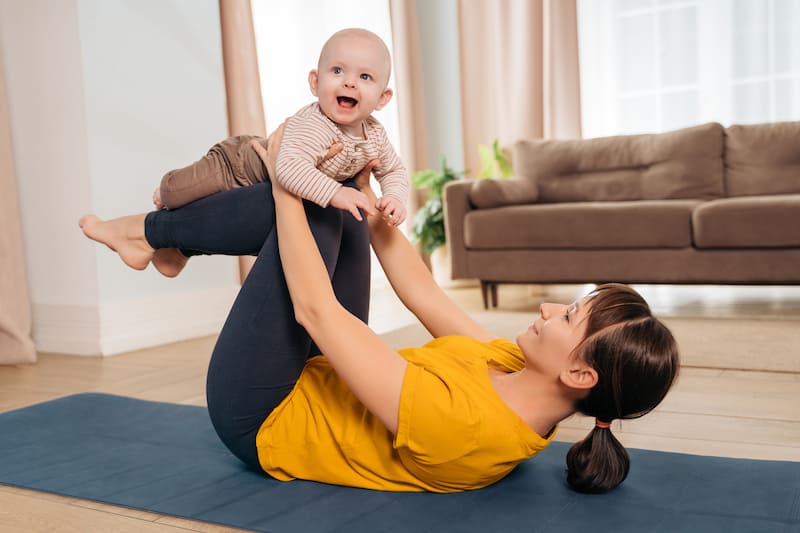
How long after the C-section can you do Pilates?
The timing for starting Pilates after a caesarean section (C-section) can vary depending on individual circumstances, the healing process, and the advice of a healthcare provider. Women who have had a C-section should wait until the incision fully heals and there is no pain or discomfort before starting any exercise program, including Pilates.
The healing process after a C-section can take several weeks or longer, and it is important to follow the advice of a healthcare provider on when it is safe to start exercising. Most women can start with gentle postpartum exercises, such as walking or pelvic floor exercises, after about six weeks of recovery.
However, it may take longer for some women to fully recover and be ready for more intense exercise like Pilates. Keep in mind any underlying risk factors before starting your routines in Pilates.
It is important to start with gentle exercises and gradually increase the intensity and duration of the workouts as the body heals and strengthens. Working with a qualified Pilates instructor with experience working with post-C-section women who can tailor exercises to individual needs and abilities is also recommended.
Post Natal Pilates For Beginners
If you intend to do Pilates on your own, here are some postnatal Pilates exercises for beginners:
- Pelvic floor activation: Lie on your back with your knees bent and your feet flat on the floor. Breathe deeply, and as you exhale, engage your pelvic floor muscles by gently drawing them up and in. Hold for a few seconds, and then release. Repeat for 10-15 reps.
- Seated leg extensions: Sit on a chair with your feet flat on the floor. Extend one leg in front of you, keeping it straight and flexing your foot. Hold for a few seconds, and then lower your leg back down. Repeat on the other side and alternate for 10-15 reps.
- Hip bridges: Lie on your back with your knees bent and your feet flat on the floor. Breathe deeply, and lift your hips towards the ceiling as you exhale. Hold for a few seconds, and then lower your hips back down. Repeat for 10-15 reps.
- Modified plank: Start on your hands and knees with your wrists under your shoulders and your knees under your hips. Extend one leg behind you, keeping it straight and flexing your foot. Hold for a few seconds, and then lower your leg back down. Repeat on the other side and alternate for 10-15 reps.
- Chest opener: Stand tall with your feet hip-width apart and your arms at your sides. Breathe deeply, and as you exhale, slowly bring your arms out to the sides and up towards the ceiling. Hold for a few seconds, and then lower your arms back down. Repeat for 10-15 reps.
Remember to listen to your body and start with gentle exercises, gradually increasing the intensity and duration of the workout as your body strengthens and heals.
Pilates Postures To Avoid For Beginners
As a beginner in Pilates, it’s important to be aware of certain postures that may be too challenging or require advanced technique. Here are some Pilates postures that beginners should avoid:
- Roll-up: The roll-up exercise requires a lot of core strength and control, which can be challenging for beginners. Instead, try a modified version or skip this exercise until you build more core strength.
- Teaser: The Teaser is an advanced Pilates exercise requires a high level of core strength and control. Beginners should avoid this exercise and focus on building their core strength with simpler exercises.
- Scissors: This exercise involves lifting both legs off the ground while lying on your back, which can strain the lower back and hips if not done correctly. Beginners should avoid this exercise and focus on simpler exercises for the same muscle groups.
- Jackknife: The Jackknife exercise requires a lot of core strength and balance, which can be challenging for beginners. Instead, try a modified version or skip this exercise until you build more strength and control.
- Corkscrew: This exercise involves twisting the body while lying on your back, which can strain the neck and back if not done correctly. Beginners should avoid this exercise until they build more core strength and flexibility.
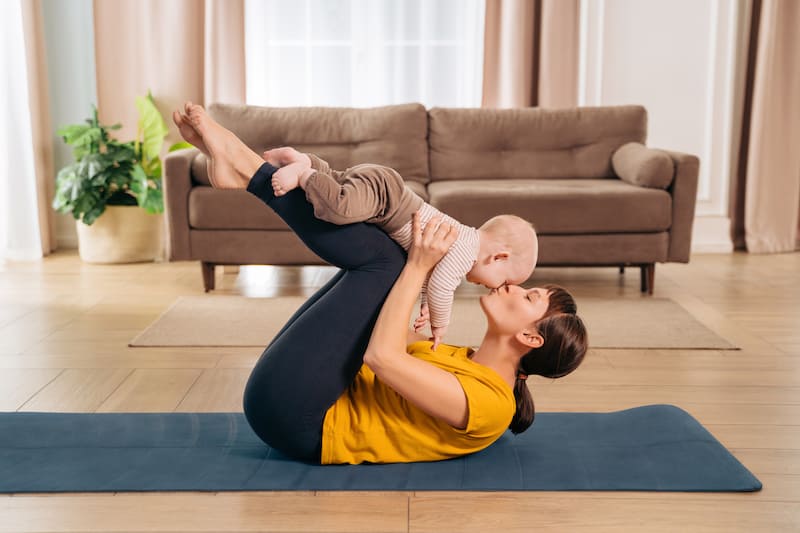
Post Natal Pilates Classes In Singapore
Many Pilates studios and fitness centres in Singapore offer postnatal Pilates classes. Here are a few options:
- Breathe Pilates: Breathe Pilates has several locations throughout Singapore and offers postnatal Pilates classes for new mothers. The classes help new mothers regain strength and flexibility, improve posture, and promote relaxation.
- Pilates Fitness: Pilates Fitness offers a range of Pilates classes, including postnatal Pilates classes designed to help new mothers regain their pre-pregnancy strength and fitness. They have several locations throughout Singapore.
- The Moving Body Group: The Moving Body Group offers a range of Pilates and fitness classes, including postnatal Pilates classes, focusing on helping new mothers regain core strength, improve posture, and reduce stress.
When should you stop post natal Pilates?
The length of time a new mother should continue with postnatal Pilates varies depending on individual circumstances, such as the mother’s physical recovery, fitness level, and any health concerns. New mothers should generally continue with postnatal Pilates for at least 6-12 months after giving birth or until they feel strong and confident enough to move on to more challenging exercises.
It is also important to listen to your body and consult your healthcare provider before continuing with postnatal Pilates. If you experience any pain, discomfort, or other symptoms during or after exercise, you should stop and seek medical advice.
Additionally, some new mothers may wish to continue with Pilates beyond the postnatal period as part of their fitness routine. Pilates can effectively build strength, improve flexibility, and maintain overall health and well-being. Consult a qualified Pilates instructor to determine the appropriate level and intensity of Pilates exercises for your needs and goals.
Other alternatives to post natal Pilates
Here are some alternatives to postnatal Pilates:
- Postnatal Yoga: Like postnatal Pilates, postnatal yoga helps new mothers regain strength and flexibility after childbirth. It focuses on gentle movements and breathing exercises that can help strengthen the pelvic floor, improve posture, reduce stress, and promote relaxation.
- Walking: Walking is a low-impact exercise that can be an excellent alternative to postnatal Pilates. It can help improve cardiovascular health, increase energy levels, and promote overall well-being.
- Swimming: Swimming is another low-impact exercise that can be a good option for new mothers. It can help improve cardiovascular health, build strength and endurance, and promote relaxation.
- Barre classes: Barre classes are low-impact exercises combining Pilates, ballet, and yoga elements. They can be an excellent alternative to postnatal Pilates, as they focus on building strength and improving flexibility.
- Personal training: Working with a personal trainer with experience working with postpartum women can be a good option for those who prefer a more individualised approach to exercise.
Choose an exercise that suits your level of intensity and time. Whichever you choose, listen to your body and do not overexert yourself, especially at the beginning of the routine.
Conclusion
In conclusion, postnatal Pilates can be an excellent way for new mothers to regain their physical strength and promote their overall well-being after childbirth. With the guidance of a qualified Pilates instructor and their healthcare provider’s approval, new mothers can safely participate in postnatal Pilates exercises tailored to their individual needs and goals.
Whether you attend a postnatal Pilates class or practice at home, remember to listen to your body and work at your own pace. With patience, dedication, and the right support, postnatal Pilates can help new mothers feel strong, energised, and ready to tackle the challenges of motherhood.
It’s important to note that the World Health Organization (WHO) does not officially endorse any specific exercise program, including postnatal Pilates. However, WHO does recommend that women engage in regular physical activity before, during, and after pregnancy to promote their health and well-being.
